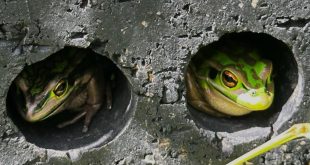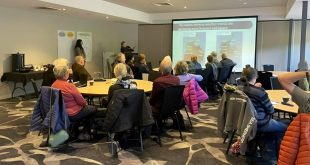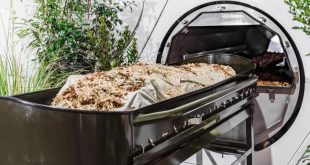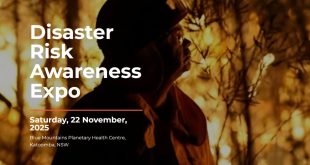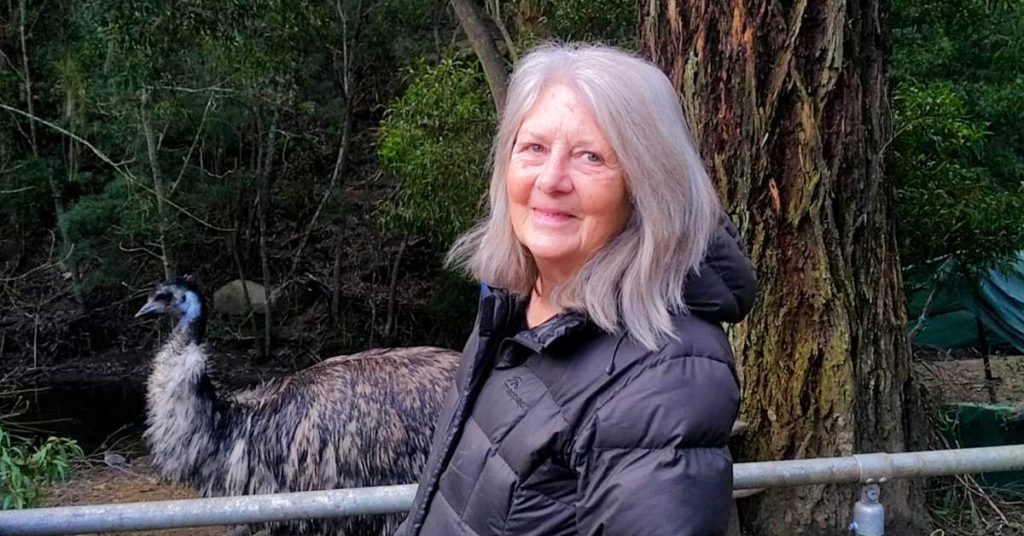
Chris Oddie at a local wildlife sanctuary which is supporting the program. (Photo: Quintin Handley)
Story by Quintin Handley
Chris Oddie is a grandmother, a retired cook, and a passionate member of the Lithgow Environment Group (LEG). She lives in Lithgow in a home she and her son have renovated. With other members of LEG, she became increasingly concerned about the growing number of invasive Indian Myna birds proliferating in Lithgow. Mynas were listed among 100 of the world’s worst invasive species by the World Conservation Union (IUCN) in 2000.
Key Points:
- Indian Myna birds are more harmful than they seem. When they arrive in an area they habitually kill the chicks of native birds, break their eggs, and steal their nesting sites. They also carry dangerous diseases which can be deadly to both native wildlife and humans.
- The Lithgow Environment Group carefully weighed up the ethical dilemma of how to reduce the risks these birds pose to humans and wildlife and made the difficult choice to engage early in an eradication program before numbers of the birds expand to unmanageable levels.
- A community run program has now removed hundreds of these invasive and dangerous birds from the Lithgow Area in the last eight months.
The negative impact of the Indian Mynas on local wildlife cannot be overstated. They have been known to kill the chicks of native birds, destroy their eggs, invade and evict them from their nesting sites, and prey on rare native insects and lizards. Additionally they carry dangerous diseases which can be deadly to both native wildlife and humans.
While trying to decide how to protect both humans and wildlife, LEG looked into a program initially designed by the Canberra Indian Myna Action Group. They were founded in 2006 to combat the spread of this harmful species in the ACT. Their Myna eradication program has since been exported, adapted, and adopted by other groups around the country to suit their local needs. There are now more than thirty such groups in New South Wales alone. The Canberra based group has removed over 80,000 birds from their area in the eighteen years of their program and seen a significant increase in local bird populations during the same time period.
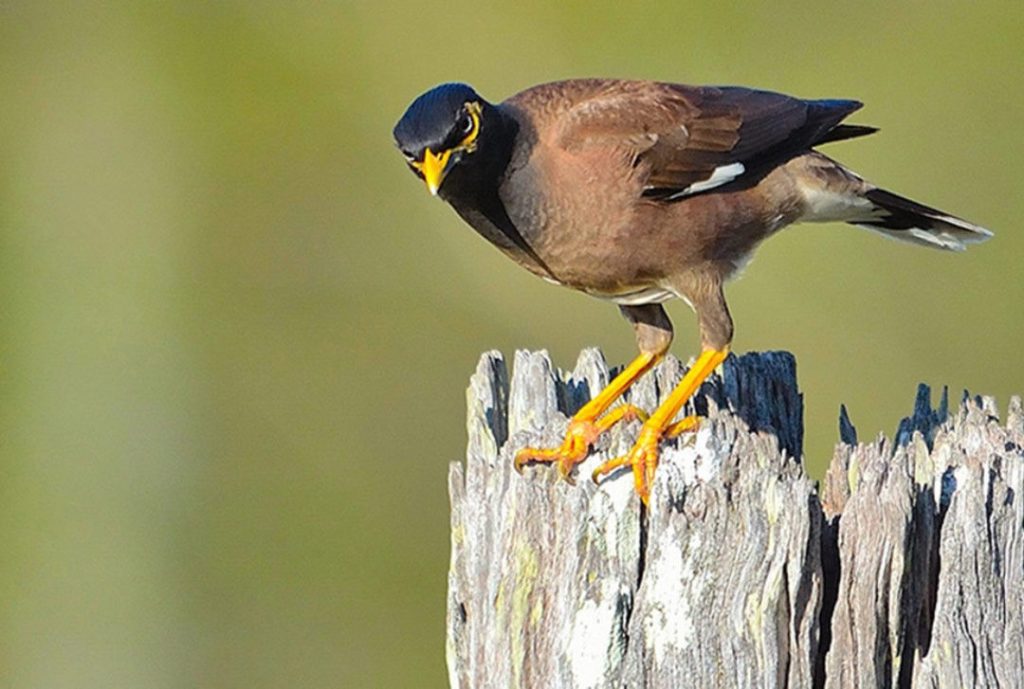
Indian Myna Bird (Photo via Pestsmart)
LEG faced internal debate surrounding the ethical consequences of beginning such a program, mainly focused around whether it was possible to remove enough birds quickly enough to make a serious positive impact. After investigating the results attained by the Canberra based group, LEG concluded that it was possible to run a program that could effectively reduce the local numbers to a level where the environmental benefits outweighed the ethical concerns raised by some members.
There have been precedents around Australia where it has been critical to eradicate introduced species to save local native species.
We wrote about one such precedent in Katoomba Area Local News last year:
“After a ship ran aground near Lord Howe in 1918, an unfortunate stowaway invaded the pristine island: black rats. They decimated the island’s main crop, the Kentia palm seed, and its rare birdlife” (No Man is an Island – The Naturalist, Katoomba Local News).
Fortunately an extensive rat eradication program has resulted in the recovery of the island’s rare birdlife.
After LEG secured a grant from the Foundation for Rural and Regional Renewal, Chris put up her hand and began running a community program from her backyard last September. Spearheaded by LEG and run entirely by volunteers, with support from Secret Creek Wildlife Sanctuary and Lithgow Men’s Shed, the program has been ethically and humanely trapping and culling hundreds of Myna birds in Bathurst, Hartley, Wallerawang, Portland, Meadow Flat and Lithgow.
In the wake of their removal native birds have been quickly reoccupying areas, and the local ecosystem is being restored to its natural balance. “There are more native birds coming back,” said Oddie, of the recovery of local wildlife observed by her volunteers in the vicinity of their trapping programs. Superb Fairy Wrens, Black Cockatoos, and Regent Parrots are all birds subject to the Myna’s destructive habits, and soon repopulate areas free of the Indian Mynas.
Strategies we can all take to deter Indian Myna birds
According to the NSW Department of Environment and Heritage, there are a number of actions we can take to deter Mynas:
“Mynas like tidy lawns, manicured hedges and hard surface areas, so creating a more bushlike native garden will help keep them away. They are attracted to fruit trees, palms and pines. Removing pet food and covering compost bins will deter both mynas and miners.
Attract more native birds by offering water in bird baths, building myna-proof nesting boxes (PDF 443KB) and planting locally native trees and shrubs – the most deterring habitat is dense tree canopies and thick shrubbery.”
Volunteer with LEG’s Program:
- Get involved by emailing Chris Oddie here: oddiechristine@gmail.com
- Check out the LEG website for details about other environmental programs in Lithgow: https://www.lithgowenvironment.au
- If you’re reading from further afield, a near comprehensive list of local groups Australia wide can be found on the Canberra Indian Myna Action Group’s website: https://indianmynaaction.org.au/community-control-groups-in-australia/
